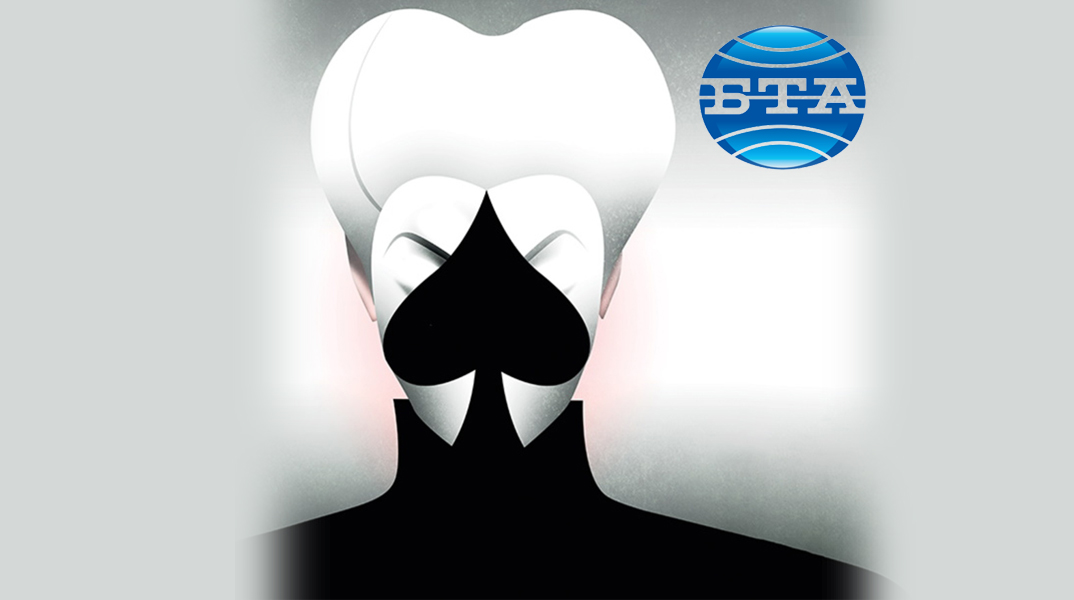Sofia,
19.11.2022 16:14
(BTA)
Dostoevsky described Pushkin's "The Queen of Spades" as "the pinnacle of the art of the fantastic". The provocation for our team to read the title was that we are mainly in the field of the fantastic, says the director Vera Petrova. Her version of Tchaikovsky's opera of the same name is the latest title on the Sofia Opera and Ballet's bill.
"The choice whether to be only in the rational or in the fantasy reading is deeply personal and intimate. There is no right or wrong, there is a path that every artist, production team and performer goes through. One thing is clear – there are many more layers of the conscious and unconscious in "The Queen of Spades" than they seem to us", says further the director.
"It's all quite mystical, in the layers of the subconscious," says the baritone Ventseslav Anastasov, in the role of Count Tomsky. "My character is one being with three bodies, three people with a common mind. Our task is to turn and direct in a certain direction the development of the whole plot," he adds.
The soprano Diana Guglina Lamar, in the role of Liza, confirms, "The production is conceived as a fantasy, as a fairy tale. The only character who is truly embodied bodily is Herman. The role of my Liza is his dream, his intuition, his soul. She is that subtle voice that suggests the most important things in each of our lives. That's why it's very interesting to play this role."
"What is new and different about this production is that the work of the dramatic actor is equal to the work of the singer. As much as it is singing, it is also acting, musical dramaturgy is quite a grateful ground in this case, so you can develop any nuances and ideas that go through your head," says Ventseslav Anastasov.
Violeta Radomirska is in the role of Polina. Her role in the original version of Tchaikovsky's opera is that of the closest court lady to Liza. "Our interpretation is a bit more avant-garde, a bit more flamboyant. It touches not only on the factual history of Pushkin's drama but there is a play of archetypes, and of images, and of emotional states. So I'm actually Liзa's subconscious, her partner and collaborator," says the mezzo-soprano.
Two of the make-up artists also comment on the performance. According to Yanka Doychinova, her work was quite complicated because the rococo style was only hinted at. "The Queen of Spades herself is somewhat hyperbolized. The director's intention is in a completely different form – non-traditional, and we had to try to help create this image," she says.
"The wig on the Queen of Spades is very pretty but also very heavy. For Liza it's completely different, it's more gentle and fairy-like. Some of the wigs are made entirely of paper. All these innovations that we tried to bring to the work were a challenge for us – with great interest and drive to achieve everything," says Doychinova.
According to Ognyan Yankov, the make-up is a bit more flamboyant as there has never been ultraviolet lighting in a Sofia Opera performance before. "When the lights are on, the faces also light up, and this is a very nice idea by the director Vera Petrova," he notes.
THE TEAM
Artists from five countries are participating in "The Queen of Spades" – Ukraine, Belarus, Russia, Bulgaria and China.
Conductor of the production is Andrey Galanov. Nela Stoyanova is set designer, Hristiana Mihaleva-Zorbalieva is costume designer, choreographer is Aleksandra Tihomirova, chorus mmaster is Violeta Dimitrova.
The plastics and pantomime are by Aleksandra Tihomirova. Chorus master is Violeta Dimitrova.
A LITTLE HISTORY
Адаптациите, екранизациите и произведенията на различни изкуства, вдъхновени от повестта на Пушкин, започват да се появяват веднага след издаването на произведението. Това е едноименната опера на Чайковски (през 1890 г. е първата постановка), трите опери, останали по-непознати, първите екранизации, които се появяват още по времето на нямото кино и британската екранизация от 1949 г., определена от Уес Андерсън и Мартин Скорсезе като истинска класика.
Според критиката, сред единадесетте опери на Чайковски „Дама пика“ е най-голямото му постижение. Вдъхновен от Пушкин, композиторът създава творба, в която има вълшебен романтизъм, фантазия, предизвикване на съдбата, предателство и смърт, герои, потопени в балните зали и измъчвани от собствените си демони. Достоевски нарича „Дама пика“ също и „шедьовър на студената ярост“.
Чайковски заминава за Флоренция и написва операта за 44 дни, от 31 януари до 15 март 1890 г. Структурирана като приказка, „Дама пика“ е в три действия, седем картини. Увлечен в работата си, композиторът така дълбоко се потапя в действието, че започва да възприема образите на героите като живи хора. Той пише на брат си Модест: „Когато стигнах до смъртта на Герман и заключителния хор, толкова ми стана мъчно за Герман, че започнах силно да плача... Оказва се, Герман за мен не бе само предлог да пиша една или друга музика, а през цялото време е бил жив човек“.
Либретото на Модест Чайковски се различава от литературния източник. То е написано в стихотворна форма, докато разказът на Пушкин е в проза. Променено е и действието на операта. Чайковски поставя героите си във времето на Екатерина Велика, докато Пушкин ги пренася в 30-ге години на XIX век.
/РБ/
Photo: Part of the creative team talks to BTA about their work on the project "The Queen of Spades".
https://www.bta.bg/bg/news/lik/363132--dama-pika-prikazka-misteriya-fantastika
